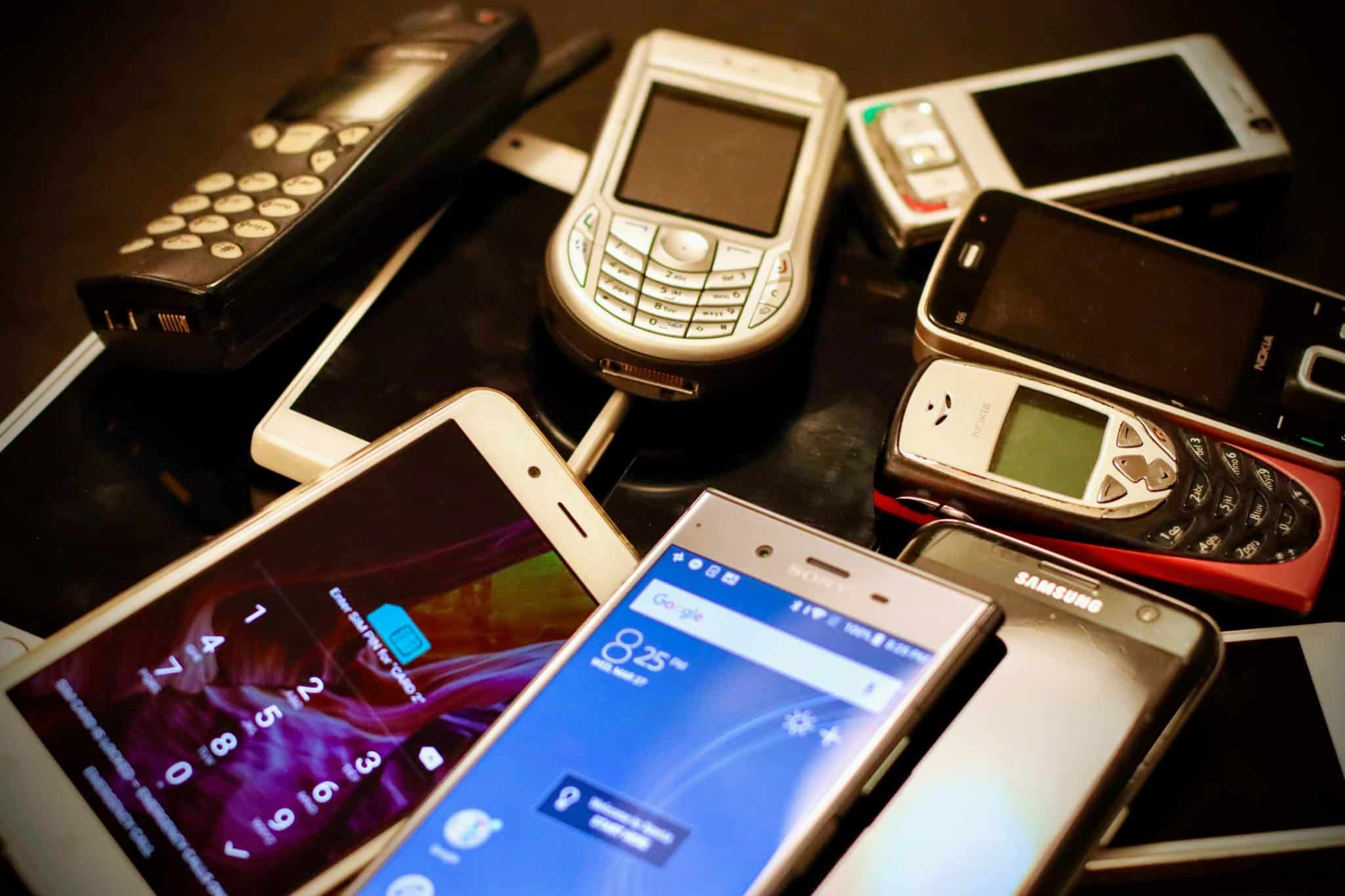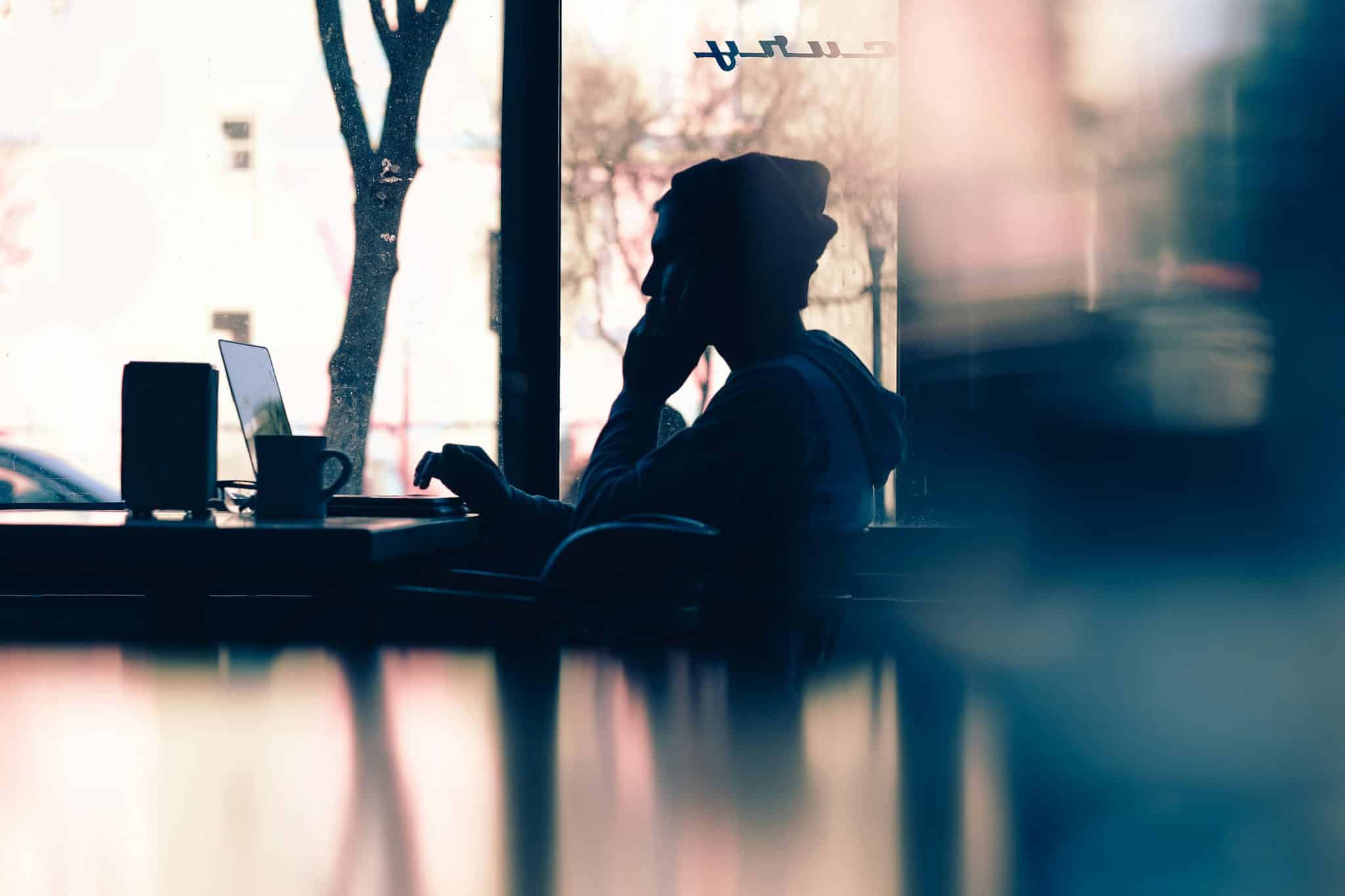Illustrator Larissa Marantz on Protecting Your Time to Improve Your Craft

At Freedom, we love our users – not just because they use our product, but because they’re cool – cool people working on cool stuff. Academy Award-nominated screenwriters, bestselling authors, editors, developers, cartoonists, designers, academic researchers, explorers, and entrepreneurs – the Freedom community is packed with curious, creative, and efficient go-getters. We love to share their stories and advice, because how better to learn about productivity than from the productive?
Meet Larissa Marantz.
Larissa Marantz is an illustrator and animation artist that has worked as a character designer on Nickelodeon’s “Rugrats” and “Rocket Power.” She illustrated several books for Nickelodeon as well, including Avatar: The Last Airbender and The Wild Thornberrys. When she’s not illustrating, Larissa enjoys teaching figure drawing to animation students at Laguna College of Art and Design. She also runs her own company, OC Art Studios, through which she teaches art to elementary through high-school age students.
Larissa’s fine art has been displayed in New York, Los Angeles, and in the Washington DC office of Senator Kamala Harris. Her paintings of President Barack Obama were also displayed in the offices of The White House. Her illustrations are inspired by her three children and her humorous husband, Keith Marantz, with whom she collaborates on picture books. They live in Orange County, California.
As someone wholly dedicated to protecting their time for their craft, we decided to sit down with Larissa this week and learn a little more about how she finds the focus to do the work that matters most.

How did you become the cartoonist, illustrator, and writer that you are today? What were some of the steps you took along the way?
I started out as a Character Designer for Nickelodeon’s “The Rugrats” and “Rocket Power.” I then began illustrating books for Nickelodeon when I was raising my second child. I chose to work from home full time so I could be there for my young kids. My husband and I later self-published a children’s book, with him as the author and me illustrating the book. We created a character with a set of stories that we felt was strong enough to be published by a major publishing company so we began the process of trying to get representation from a literary agent. It was a long process of working on my craft, submitting and re-submitting to agencies until six years later, we finally found an agent who would represent us and our projects. Throughout the last year before becoming agented, I focused on learning how to write for children’s books and spent the time building my illustration portfolio to be more appealing to the children’s market. My husband and I work as a team and sometimes I’ll come up with a premise and we’ll write it together, but mostly he’ll come up with a premise and write a majority of it while I help with revisions.
What advice would you offer less experienced creatives – especially in regard to staying productive, motivated, and focused?
For me, one of the hardest parts of working at home is staying focused. When my children were younger, I only had small fragments of time to work and even then I would sometimes whittle that time away with the notion that being “busy” was being “productive” when in actuality, it’s not the same. So being productive can only happen when you’re actually focused on doing what you need to do. In order to focus, you need to eliminate all distractions, which is why I use the Freedom App. …and even then I would sometimes whittle that time away with the notion that being “busy” was being “productive” when in actuality, it’s not the same.
You have to see what you are doing as valuable and guard that precious time.
You have to see what you are doing as valuable and guard that precious time. It’s taken me years to learn this, and I feel like I’ve wasted a lot of time in the past, wondering if I could have made my mark in the picture book industry sooner if I hadn’t squandered so much time away. But once I became determined to make it, I became stingy with my time. If I wasn’t working on mastering my craft, improving my writing, building my portfolio or working on a picture book, I was with my family. I became laser focused within the last few years and it’s finally paid off. I said no to a lot of things, activities, events, opportunities, all because they didn’t align with my main goal of seeing my own work published in picture books. It was hard, because I wanted to do everything. But I realized that if you spread yourself too thin, you can’t give any one thing 100%.
To be more productive, you have to be motivated with a larger purpose. I’m motivated to do the best work that I can, and I am driven to create work that I love, so it’s easy for me now to get excited about what I do on a daily basis. I enjoy the process of creating. It’s what gets me up in the morning.
When/where are you most productive? Do you have a routine/ritual that gets you into your most productive state?
I have an art studio in my home where I do all of my work. My daily routine is to drink my bulletproof coffee and read 10 pages of a good book. Then I’ll journal for 10 minutes to write my daily gratitudes along with my goals for the day, the week, the month and the year. This part has been integral to keeping me on task each day because now I am focused on the little bit that I am doing and how it will affect the trajectory of my life. Next, I’ll go on Twitter and do my random acts of kindness for a few minutes by telling a few people that they’re awesome, or their work is awesome, or their art is awesome. That makes me feel good. Next, I’ll either take my dog for a walk or I’ll run for a mile or two. Lastly I’ll do a meditation before I sit down to start my art. Meditation is like a good scrubbing of my mind – it gets the crazy distracting and self sabotaging thoughts out of my head and helps me to focus and enjoy the process of creating.
I use the Freedom app from 10 am – 5 pm every weekday, so once that green butterfly comes on, I know that it’s time to buckle down and get stuff done. But sometimes I still find myself mentally distracted. So I like to get into a state of flow the way Mihaly Cziksentmihali describes it in his book. For different creative tasks, I listen to different types of music. When I’m writing or planning book layouts and solving visual problems, I need music with no lyrics, so I listen to Binaural Beats or ambient music or anything that helps me to zone out and just hear my own thoughts.
When I’m cleaning up my line work, or doing flat color work, I listen to picture book podcasts to keep my mind busy while doing something kind of mindless. I also specifically use headphones that act as a leash to my laptop so if I have that A.D.D tickle that urges me to get up, the cord connecting me to my computer prevents me from getting up. It’s silly, but it works. When I’m doing final rendering, I need a lot of energy to keep me going, so I’ll blast energetic dance music on my speaker that keeps me upbeat and happy.

At what point did you realize that tech/apps/sites were taking a toll on your productivity and time? Or, when did you know that you had to do something about it?
It started when I put an app on my phone that tells me how much time I’m spending on each app. I was using Instagram and Facebook and found that those two main apps were just sucking the life out of me. It would warn me that I was on the site for longer than 10 minutes. But you know what? I didn’t care! I would just close that little warning notification and keep on scrolling. I would continue on with the intention of distracting myself and then I would get lost in a black hole of scrolling and scrolling only to come out of this trance 45 minutes or an hour later and realize that I just completely wasted that time and was never going to get it back. Not to mention, I always felt depressed after using these platforms because I was seeing art that was better than what I could do and I was seeing friends doing things that I wasn’t doing. I had enough. I deleted both of them from my phone. After reading Cal Newport’s articles about doing deep work, I knew that I had to devote blocks of time to create my artwork. I knew that if I was going to get anywhere, I had to become prolific. So I put Offtime on my phone which blocks me from using my phone between 10 am – 5 pm.
I was using Instagram and Facebook and found that those two main apps were just sucking the life out of me. It would warn me that I was on the site for longer than 10 minutes. But you know what? I didn’t care! I would just close that little warning notification and keep on scrolling.
What excites you most about what you do?
I love everything about making picture books. I love drawing characters with fun expressions and posing them in fun and expressive ways. I love planning really strong compositions, playing with light and shadows and blending color. I just absolutely love everything about it. What brings me joy when it’s done is knowing that others will be moved by what I’ve done- they’ll laugh or have their heartstrings tugged. Knowing that I can affect the emotions of the reader gives me great joy.
What resources or tools do you use daily and have found most beneficial to your working process?
I am currently working on 3 picture books and I don’t have the luxury of being “busy” without being productive if I want to meet my deadlines. So, even though I’ve been using the Freedom app for over a year, I haven’t really utilized it as heavily as I do now. I am so excited to be juggling projects, but for me, as a visual person who suffers from ADD, I have to see what the totality of a project looks like so that I don’t get overwhelmed. I recently created these project spreadsheets with rows designated for every page that needs to be completed in a book, and columns for each step in the book making process, from rough sketches, to revisions, to flat art and then final rendered art. I found that by using a spreadsheet like this, I’m able to visualize how much work I have ahead of me and it allows me to manage my time better. I also break down my deadlines into smaller weekly deadlines so I can stay on target.
So if you’re like me, and you get overwhelmed with big projects, I would recommend breaking down big projects into smaller manageable projects with your own deadlines for each. The act of marking “done” on a task is incredibly rewarding and encouraging. It builds confidence in yourself because you are completing things.
To learn more about Larissa or her work, you find her online at larissamarantz.com or @LarissaMarantz on Twitter and @larissadrawsstuff on Instagram.


